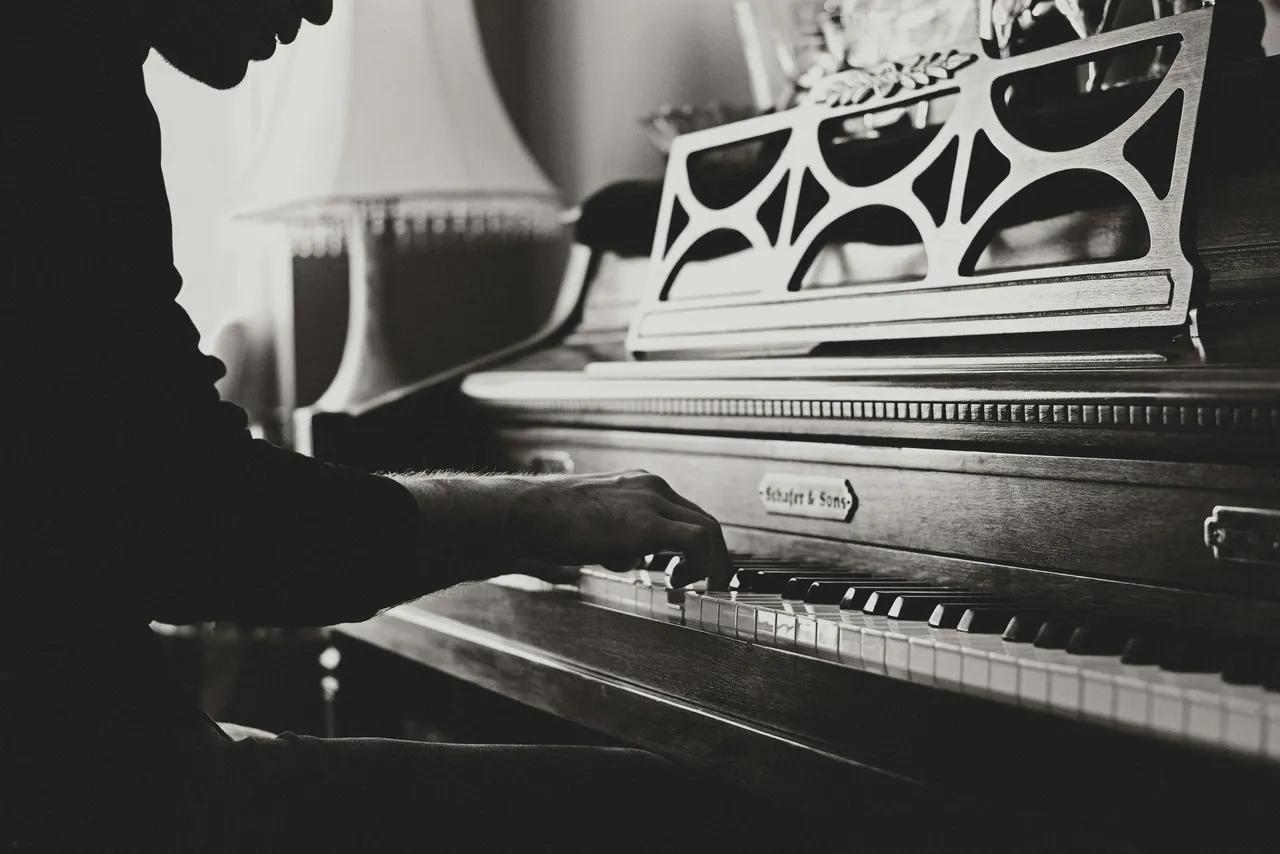Exploring the Intersection of AI and Traditional Music Composition
In the evolving landscape of music, the blend of artificial intelligence (AI) and traditional music composition is forging new pathways for creators and listeners alike. This exploration delves into how these two worlds intersect, creating a harmonious blend of the past and the future.
The Foundations of Musical Innovation
The journey into the fusion of AI and traditional music begins with understanding the roots of musical composition. For centuries, music has been a form of expression, evolving through cultures and technologies. Traditional composition techniques, from classical orchestration to jazz improvisation, have laid the groundwork for today's musical creativity. However, the advent of AI in music introduces a new era of composition, where algorithms and machine learning models assist in creating complex, emotionally resonant pieces.
AI's role in music is not to replace the human touch but to augment it. By analyzing vast datasets of music, AI can identify patterns and styles, offering composers new tools for creativity. This collaboration between human intuition and machine intelligence opens up endless possibilities for innovation, especially in genres where tradition plays a pivotal role.
Bridging the Gap
The integration of AI into traditional music composition is a delicate balance. On one side, there's the rich heritage of musical genres, each with its unique instruments, rhythms, and cultural significance. On the other, AI offers a new perspective, bringing efficiency and novel capabilities to the composition process. The challenge lies in preserving the essence of traditional music while embracing the advantages of AI.
One approach is to use AI as a tool for exploration. Composers can use AI-generated suggestions as a starting point, blending these ideas with traditional elements to create something truly unique. This method respects the roots of musical genres while pushing the boundaries of what's possible, leading to a new wave of compositions that are both familiar and groundbreaking.
Collaborative Composition
The most exciting aspect of AI in music is the potential for collaboration. AI can act as a co-composer, offering ideas, variations, and even entire pieces that can inspire or be incorporated into larger works. This partnership allows composers to experiment with styles and themes they may not have considered, guided by the insights and suggestions from AI.
Furthermore, AI can democratize music composition, making it more accessible to those without formal training. With intuitive interfaces and AI-powered tools, anyone with a passion for music can explore composition, blending traditional elements with AI-generated content to express their creativity.
The Future Soundscape
As we look to the future, the intersection of AI and traditional music composition promises a rich, diverse soundscape. This fusion not only offers new tools for creators but also expands the possibilities for what music can convey. From classical pieces with AI-generated complexities to folk music enriched with novel harmonies, the potential is limitless.
The key to this evolution is a collaborative spirit, where technology serves as a bridge between the past and the future. By respecting the traditions that have shaped music for generations and embracing the innovations that AI brings, composers and listeners alike can embark on an exciting auditory journey.
This article was developed using available sources and analyses through an automated process. We strive to provide accurate information, but it might contain mistakes. If you have any feedback, we'll gladly take it into account! Learn more
